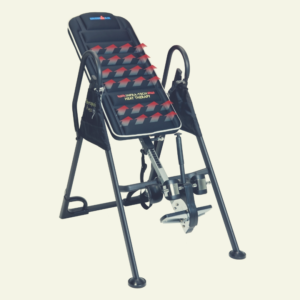It started long before J-Lo; it’s probably safe to say that men’s and women’s focus on boosting our derrieres dates back centuries.
There are countless machines, booty-focused workout programs, cosmetic enhancement procedures, and surgical procedures to help grow your glute muscles, but can you grow them with exercise?
Can Glutes Grow with Exercise?
Not only CAN you grow your glutes with exercise, you absolutely should! According to Tara Romeo, the Director of the Professional Athletic Performance Center in NY, the majority of us have weak rear-ends.
Our glutes are comprised of three separate muscles the gluteus maximus, gluteus medius and gluteus minimus.
The biggest muscle, the gluteus maximus, gets the most work in our day-to-day lives, things like walking, riding your bike to work, or going up the stairs.
However, the top muscle, the gluteus minimus, and muscles on the outer portion of your hip are sometimes weak, simply because we don’t use them as often in our daily activities.
This is especially true for people who are new to working out.
What are the Best Exercises to Grow Your Glutes?
Growing your glute muscles can feel like an elusive goal, but there are a lot of exercises out there that can get the job done.
The key is to strike a balance between isolation movements and compound movements and to ensure that you’re using the correct form.
Squats seem to be the go-to for glute exercises, and while they’re incredibly effective, it’s not the only option. Some of the more effective exercises include:
Hip Thrusts
This exercise can be performed pretty much anywhere, whether at the gym or at home at the edge of your bed.
They’re great for isolating the glute muscles and can be performed with or without weights.
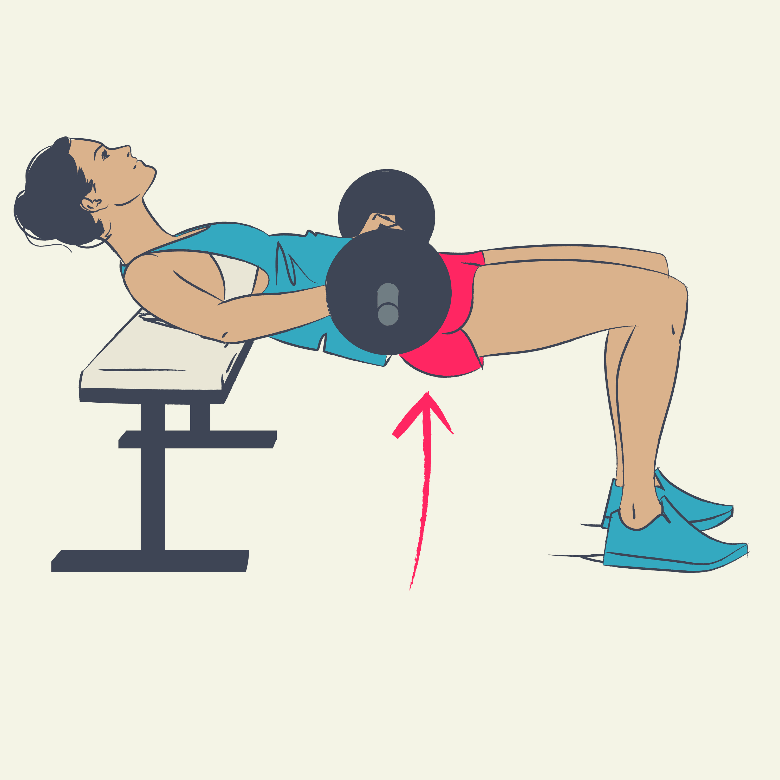
Glute Bridge
This is another flexible exercise that doesn’t require a gym membership, just a few feet of floor space.
You can add intensity by using resistance bands or by progressing to a single-leg bridge. As a bonus, your hamstrings will also get some love.
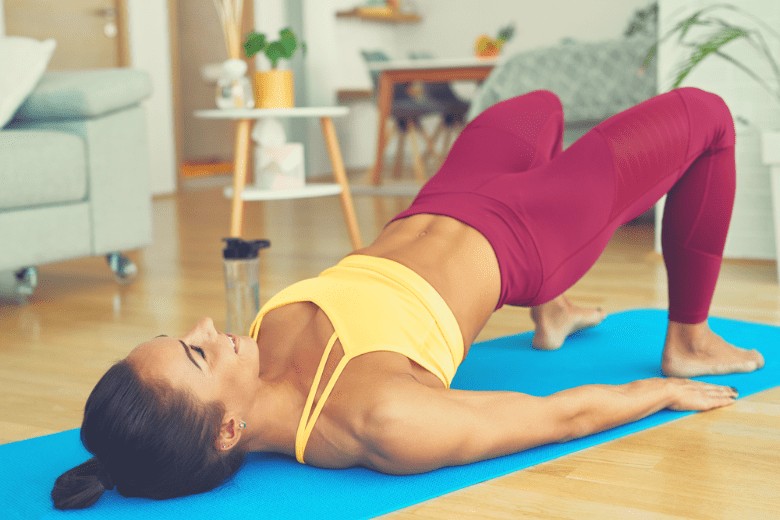
Frog Pump
The glute bridge’s cousin, the frog pump, has a very similar movement; however, in this exercise, the soles of the feet are brought together.
This exercise removes the help of the hamstrings, which increases the load on your glute muscles.
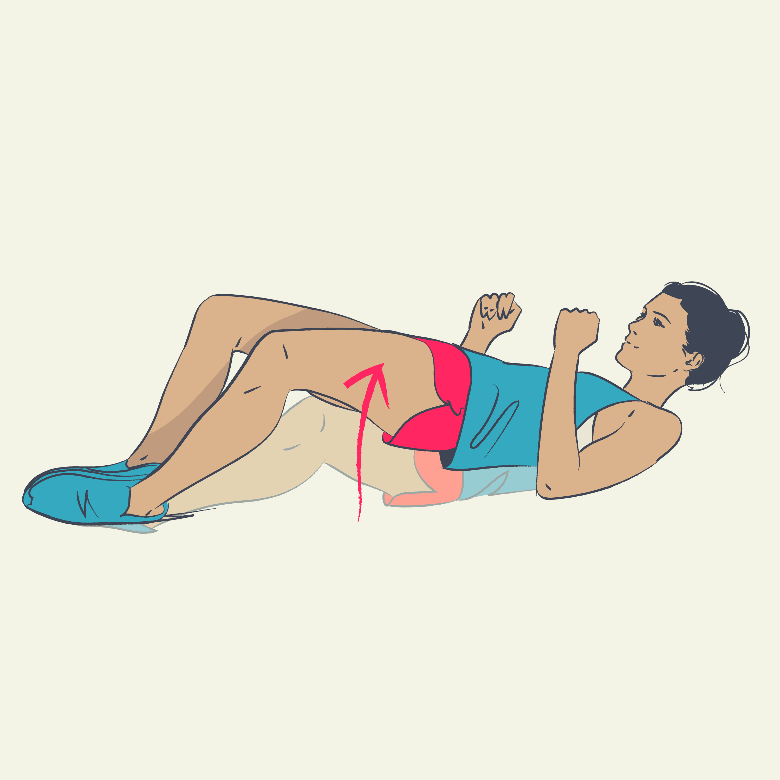
Dead Lifts
Deadlifts work your hips, core, back, trapezius muscles, hamstrings, and glute muscles, but it’s imperative that you use the correct form to amp up the growth of your glute muscles.
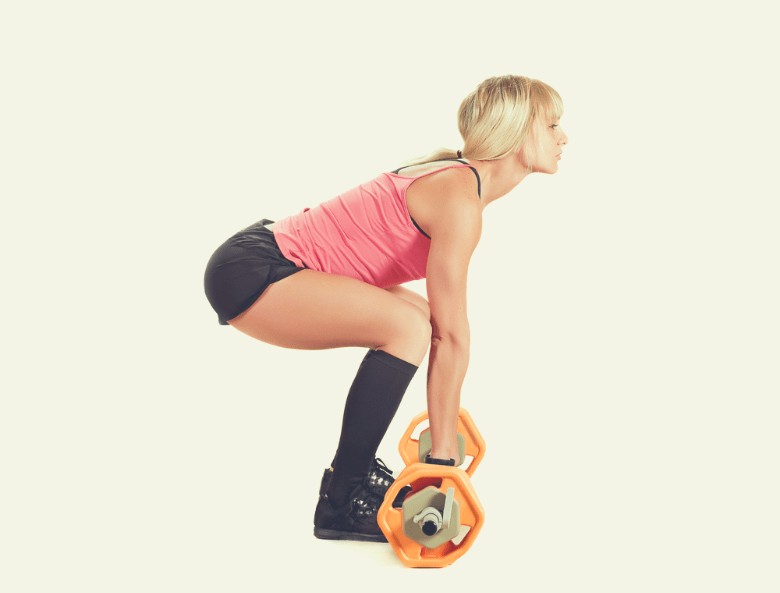
Fire Hydrants
This one can feel a little awkward to perform at the gym but don’t shy away from them, as they do an excellent job of working your smaller gluteus muscles.
Again, you can easily progress by adding a resistance band.
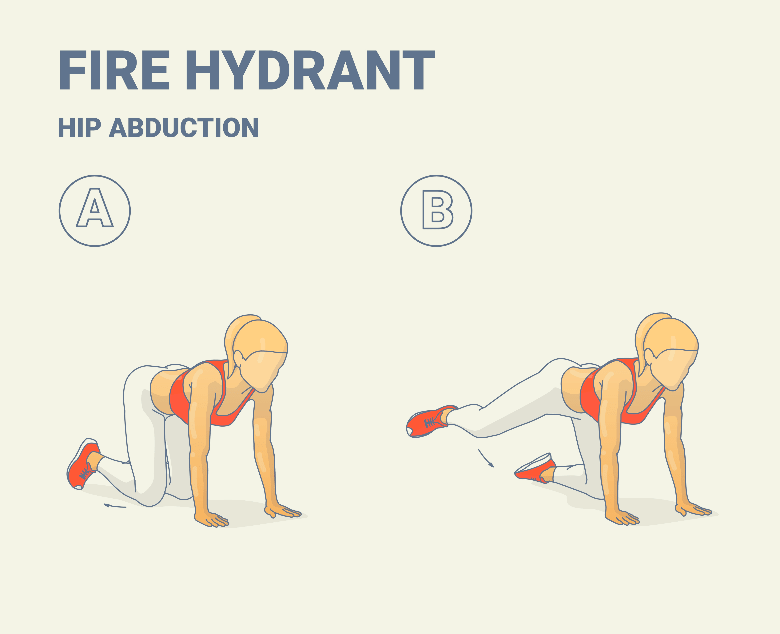
Donkey Kickbacks
This exercise works your gluteus maximus and gluteus medius muscles in a way that many other glute focused exercises can’t.
There are several variations of the movement, for example, a donkey kick rainbow, that allows you to increase the intensity of the workout.
Still, it’s crucial to nail down the form before moving on to a more challenging variation.

Lunges
Whether you’re doing walking lunges, reverse lunges, lateral lunges, or another variety, this type of movement can help you grow your glute muscles along with improving your stability, activating your core muscles, and your coordination.
Curtsy lunges are another type of lunge that will not only work your gluteus muscles but also help strengthen your hip adductors.
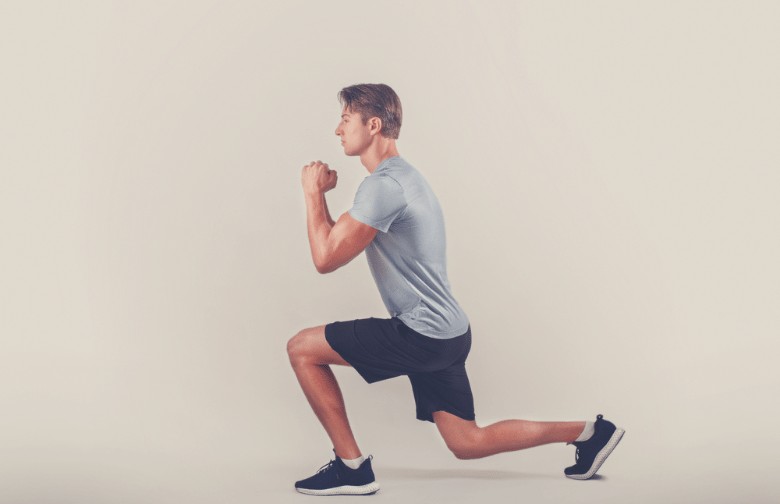
Glute Hamstring Developer
This piece of equipment helps you to activate the glute muscles and hamstrings with less strain on the other areas of your body.
Do You Need to Lift Heavy to Grow Glutes?
In order to truly grow your glute muscles, you have to progressively increase the workload on the muscles. The most common way of achieving this is by adding weights. However, that’s not the only way to overload your glute muscles.
You can progress your glute workouts by increasing the volume as an alternative to upping your weight.
Adding volume is an easy concept. You can increase the number of repetitions per set, for example, moving from three sets of ten lunges to three sets of 12 lunges.
You can also keep your reps the same but increase the number of sets. This is an exceptional way to progress your workout that still feels accessible.
There is one small caveat. It’s important not to make huge jumps in your set or rep count at any given time.
Keep in mind that increasing volume can seem deceptively easy, and while you may feel fine during your workout, bumping up too much at one time can leave you feeling incredibly sore the next day, to the point where you end up having to skip your next glute day.
Another great way to take your glute work to the next level is to increase the time under tension, also known as TUT.
It’s not as technical as it sounds. All you need to do is hold a position in which you place tension on your muscles.
This is also called a pause exercise. A good example of this is holding a sumo squat at the bottom of the squat for a few seconds before rising.
Alternatively, you could also slow your entire movement, also known as a tempo rep. Using the same exercise, a sumo squat, you could slowly lower down in the squat over several seconds and then come straight up out of the squat or repeat the tempo of your movement down.
Resistance bands are an excellent way to increase the intensity without having to add weights.
They’re also a very economical choice and can be used for various exercises that hit almost every muscle in your body.
Most resistance bands come with multiple resistance levels in one pack, and even a simple movement like a fire hydrant can be exponentially more difficult with even the lightest band.
Last but not least, you can bump up your burn by increasing the frequency of your glute workouts. However, it’s crucial not to overtrain.
Can I Train Glutes Every Day?
Most experts suggest training your glute muscles two to three times a week. Of course, this is very dependent on a person’s fitness level.
For example, if you’re an athlete, you may incorporate glute work four days a week, but two to three days is the sweet spot for the fitness beginner or novice.
By providing your muscles rest days, you give the muscles sufficient time to recover.
Similar to the way you would break out your whole body, possibly training the upper body one day and legs the next, you can also work different glute muscles on your glute days.
This may be a good option if you’re brand new to booty-building.
For example, you may include some compound movements like deadlifts and fire hydrants on one day and the next glute day work squats and lateral lunges.
Another benefit of taking this approach is that it helps teach you which exercises work which glute muscles. It’s one thing to be told, but completely different to feel it.
How can you tell whether you’re overdoing it? Take stock of how you feel throughout your workout.
If you find that you’re losing traction in your workouts, you may not be giving your body enough time to recuperate in between.
Do I Need to Eat More to Grow Glutes?
When it comes to most things health and fitness related, it’s more about quality than quantity, and growing your glute muscles is no exception.
You do have to make sure you’re getting enough calories to sustain the growth you’re seeking, but, and this may come as a shock, you’ll be more effective in growing your glute muscles if you’re eating a sufficient amount of carbs.
Carbs may seem like a swear word in the world of health and fitness, but they aren’t the enemy.
A macro, short for macronutrient, is one of three major nutrients that provide your body with energy.
Aside from carbs, other macros include fat and protein. That is why folks on keto diets need to supplement the loss of carbs with fat.
We won’t go into the debate of keto versus non-keto, but if your goal is to grow your glute muscles, you can be more effective if you’re eating enough carbs to grow mass.
Keep in mind, however, that the type of carbs you consume is especially important. You’ll want to get your carbs from unprocessed foods, so think sweet potato instead of potato chips.
Refined grains like white bread will create spikes in your blood sugar that aren’t conducive to muscle gain, weight loss, or a healthy body.
What’s also critical is how you fuel your body after a glute workout.
If you think of your glute muscles like a car, you’re driving the muscle till its tank is empty, and then you have to fill it back up for it to run again.
Protein helps to rebuild the microtears in the muscles you create when you exercise and prevents the loss of lean mass, which is what you’re trying to build.
For optimal muscle growth, regardless of whether you’re looking to grow your derriere or another muscle, have a protein-heavy meal or protein shake about 30 minutes after your workout.
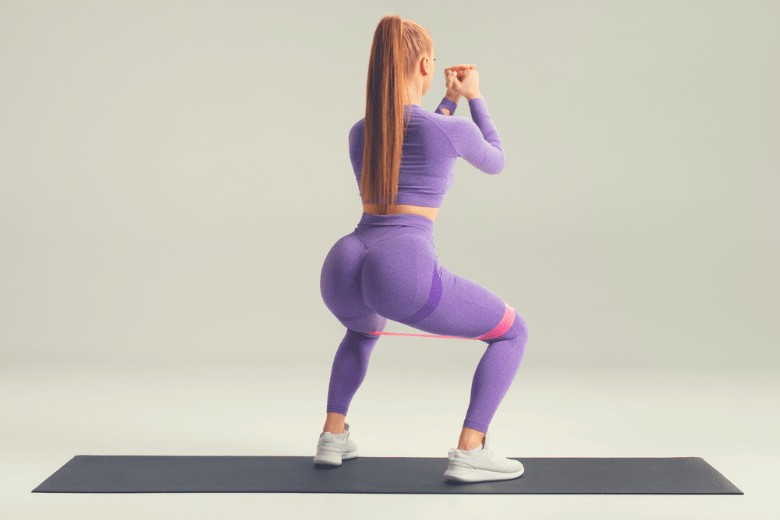
How Long Does it Take for Glutes to Grow?
This is a tricky question to answer because it’s completely dependent on you. However, that doesn’t mean that it’s all in your control.
Genetics plays a large part in how your body responds to training, and it may take some more time than others.
You can give your body a big push in the right direction by working out consistently and keeping a good eye on your diet.
You’ll likely feel stronger before your rear looks bigger, and you’ll especially see this in your workouts.
The key is not to get complacent and to keep turning the intensity up on your workouts.
Many people start to see noticeable changes with two or three months, but depending on your end goal, it may take a year to get where you want to be.
One absolute fact is that you’ll never get to your goal if you give up, so be patient with yourself.
If you find that you’re keeping up with your workouts and eating well but not seeing results, take a good look at your sleep schedule.
This can be a huge game-changer, regardless of whether you’re trying to build muscle, lose weight, or both. Sleep provides your body with the time it needs to rebuild and reset.
Be wary of any gimmicky products or supplements that promise you results in just a few days or weeks.
Many of these quick fixes get results from very unhealthy practices, and results rarely last long term.
Above all else, remember that you are unique, and it’s not going to do you any good to compare your progress to the progress of others.
Recommended Glute Exercise Machines
| Star Uno Ab Squat Workout Machine | Coba Glute Trainer | Sunny Health & Fitness Squat Assist Row-N-Ride Trainer |
 |
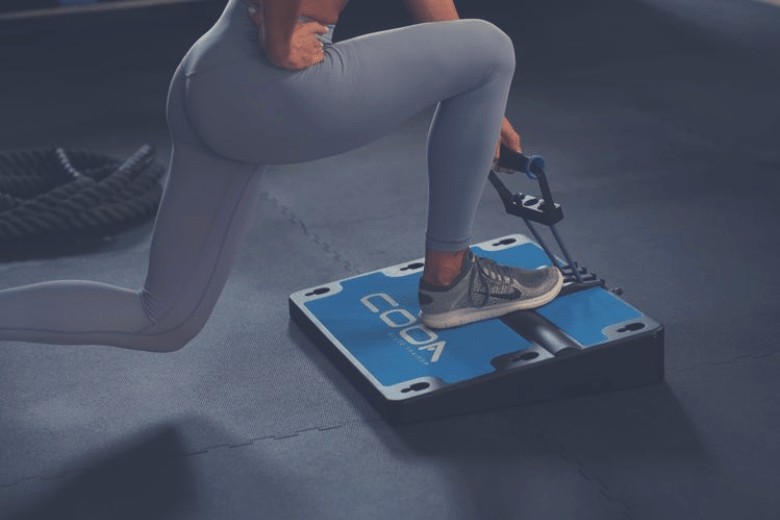 |
 |
| The Star Uno Ab Squat Workout Machine is perfect for those who don’t have a lot of space to work with, but can still provide a good workout by allowing you to do deep squats. | The Coba Glute Trainer has a patented counterbalance design that increases glute muscle activation while minimizing the load on your knees. It’s perfect for those with weak knees or knee problems. | The Sunny Health & Fitness Squat Assist Row-N-Ride Trainer is perfect for those who love squats as it ensures perfect form every time. |
 |
 |
 |
Final Thoughts
It is possible to grow your glutes through exercise, but often people struggle because they think they’re focusing on their booty, but in reality, the machines and exercises they’re using are actually focused on the quads and hamstrings instead of the glute muscles.
It’s also important to make sure that you’re not just working the gluteus maximus but also hitting the smaller gluteus minimus and gluteus medius muscles.
By growing all three glute muscles and correctly activating your muscles, you’ll grow your rear, increase the stability of your pelvis, improve your posture, not to mention a host of other benefits.
Want to learn more about why you should grow your glute muscles? Check out our blog on the Benefits of Strong Glutes!

